Inside the dangerous process that goes into collecting one of the most expensive food products in the world
The Ida'an people have been collecting bird's nests from the Madai Caves for centuries, and many have inherited specific portions of the cave from their parents or grandparents. The lots are swapped every 10 years so that others can benefit from the more profitable areas.

With no safety equipment besides a helmet, the collectors risk their lives to scale heights of 500 feet and pick out the nests. Newey was told that there have been many cases where the collector never returned from the journey into the cave.

The collection takes place three times a year — in the spring, summer, and autumn — after the birds rebuild their nests. Each nest takes around 30 to 35 days for the birds to build.

To conduct the meticulous process, the younger men will climb the outside of the cave, using ropes that they secure near the cave's roof.
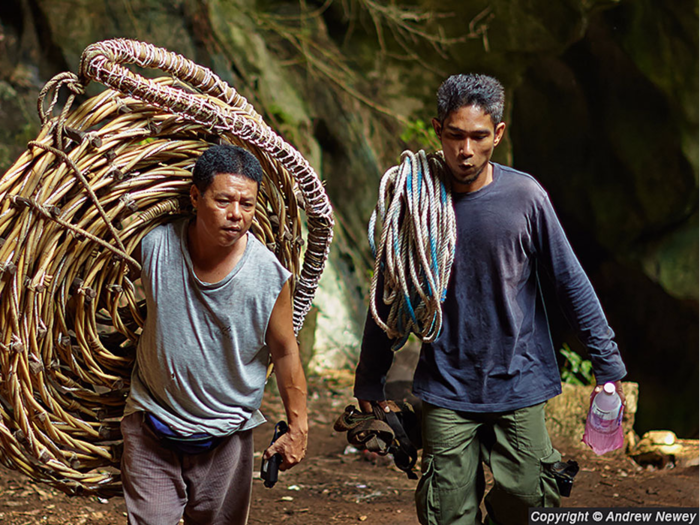
Next, they'll drop the ropes down to the cave floor though an opening.

At this point, the men inside the cave take the ropes and tie them to handmade bamboo rattan ladders and scaffolding poles. These ladders will be hoisted up to the cave, at which point collectors will climb the ropes to assemble the scaffolding.
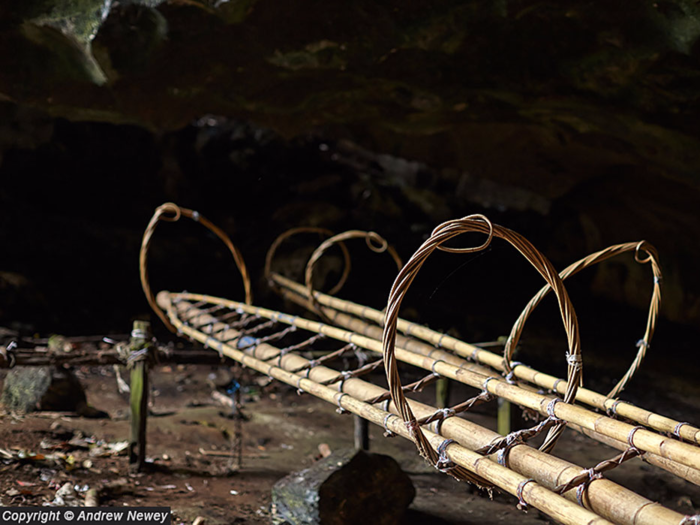
The collectors use the rattan hoops to lean back, which is an important safety feature in this process. The harvesting must be done before the birds lay their eggs to avoid damage — otherwise, the birds won't lay them again for the remainder of the year.

However, collectors also have to be careful not to pick the nests too quickly, since if they're not fully developed, they won't meet the standards required to sell them. Since the female bird will go foraging for food during the day, this is when they come in to collect the nests.
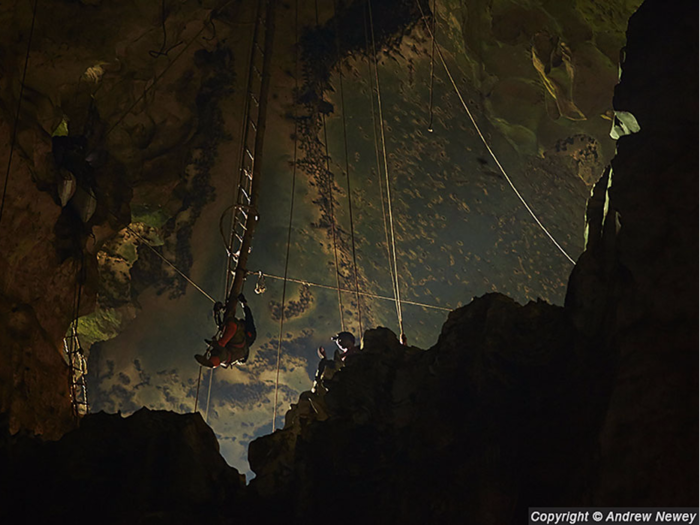
The sun typically hits the cave during the day and allows for some light, though some parts of the cave will remain pitch black all day. That's why collectors often have to use flashlights when pulling the nests off the wall.
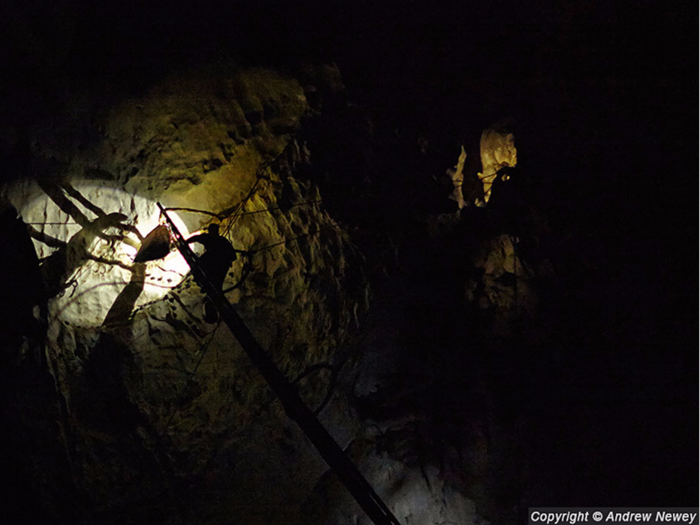
After the first nests are collected, the bird will build a second. Since the third nest is typically where the baby bird will live and grow, collectors wait three months — until it is ready to fly — before harvesting the nest.
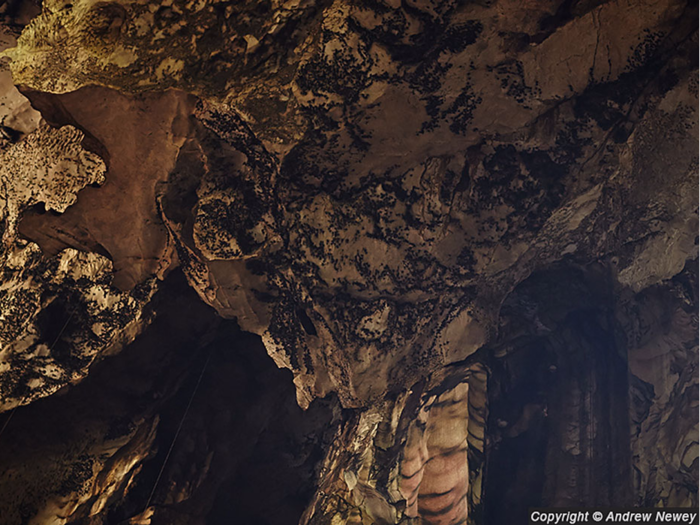
Constructed with feathers that are conjoined with the bird's saliva, the black nests need cleaning before they can be sold. Traditionally they are picked out with a small instrument, though commercial cleaners often use a bleaching agent to speed up the process.
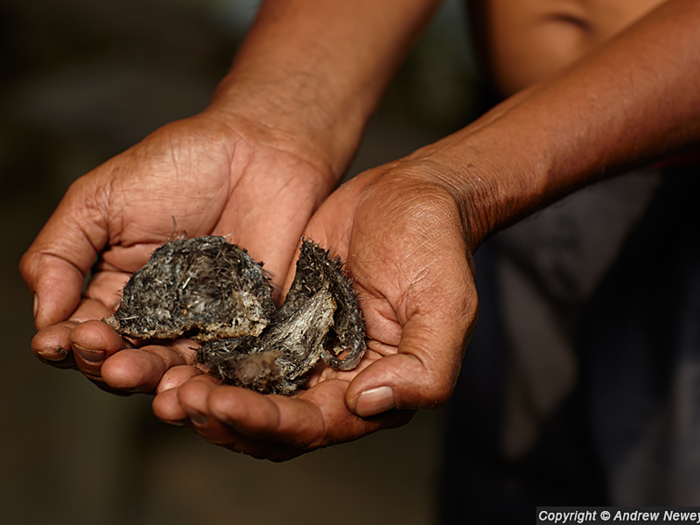
After the nests are collected, they are exported to China. Newey told us that officials from China will sometimes come in to observe and supervise the process. The vast majority of the profits end up going to China, not to the workers who collect the nests.
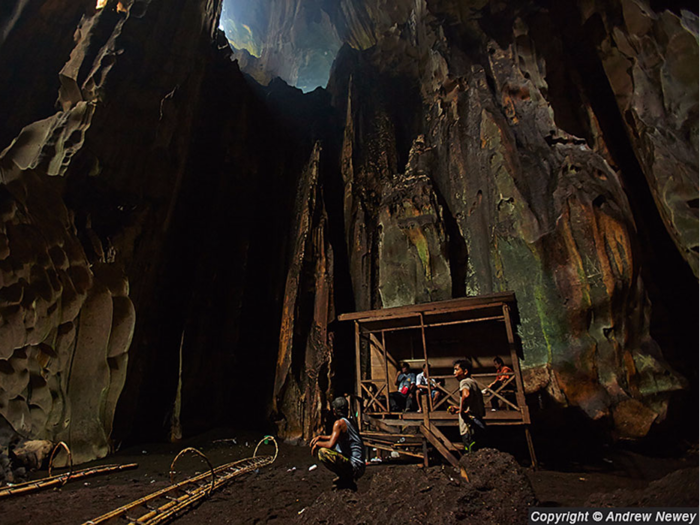
The most heavily harvested nests are from the white-nest swiftlet and the black-nest swiftlet. Prices for the white nests can range anywhere from $5,000 to $6,000 per kilogram, while the more rare red nests can cost as much as $10,000 per kilogram.
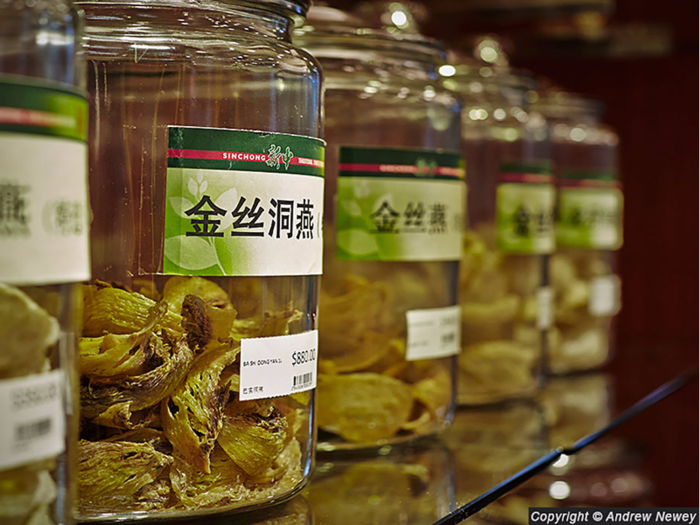
The nests are typically used to create a soup, though they can also be made into a gelatinous dessert. Newey sampled a $50 bowl of the dessert, which he told us had a soft, jelly-like texture and tasted somewhat like a Slush Puppie.
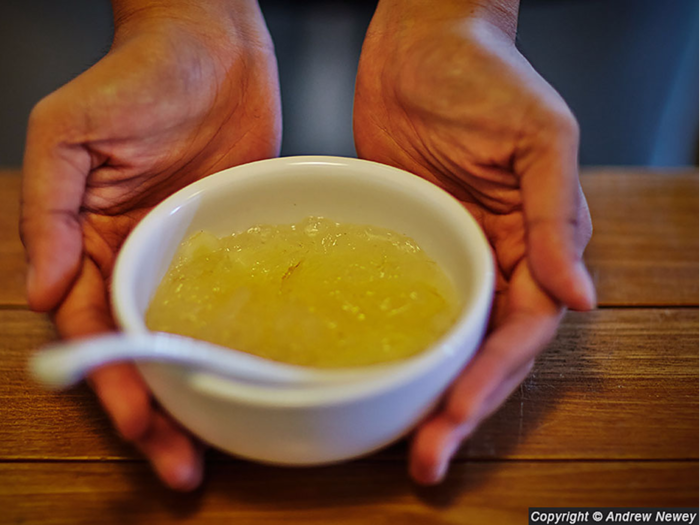
The nests are supposedly very high in protein. According to Massimo Marcone, an associate professor of food at the University of Guelph in Ontario, Canada, nearly 70% of the nests are protein, which is why they have long been a delicacy for aristocrats.
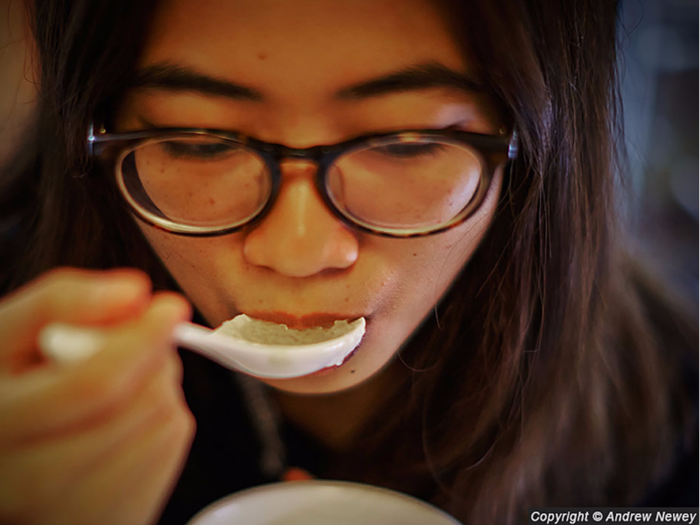
Source: Bloomberg
Factors like deforestation, pollution, and uncontrolled harvesting have threatened the population of swiftlets. Today, urban swiftlet farming thrives in Malaysia, and few places still practice these traditional methods.
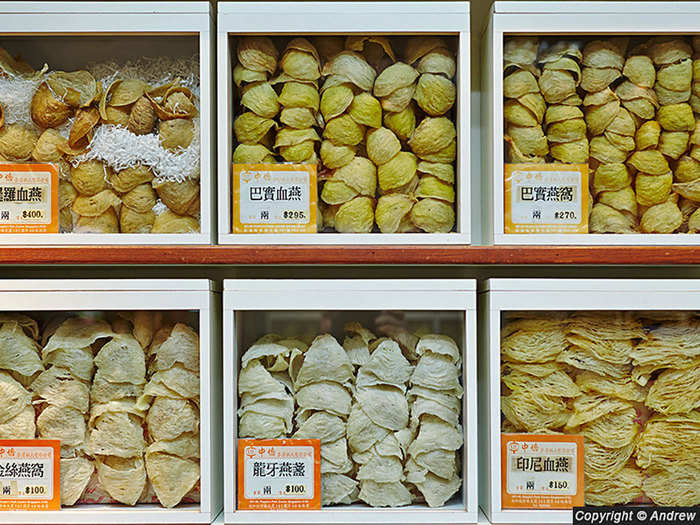
Popular Right Now
Popular Keywords
Advertisement